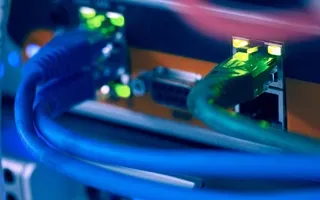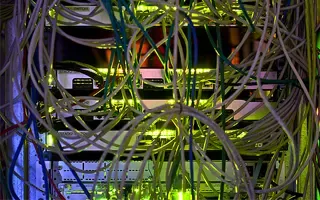Network Fundamentals: Top Picks
Network Fundamentals
Power over Ethernet - Understanding PoE Technol...
Power over Ethernet (PoE) was invented by PowerDsine back in 1997 and the first power injector (Midspan) was installed in 1998! Many manufacturespa...
Network Fundamentals
Multicast - Understand How IP Multicast Works
Multicast is a communication method used in computer networking where data is sent from a single sender to a group of destination devices. In this...
Network Fundamentals
Network Unicast - Its role and Importance
Unicast is a communication method used in computer networking where data is sent from a single sender to a specific destination device. In th...
Network Fundamentals
Firewall Topologies
In this section we are going to talk about the different ways a firewall can be set up. Depending on your needs, you can have a very simple firewal...
Featured Subcategories:
Netflow Articles:
Netflow
NetFlow Analyzer: Free Download, Step-by-Step I...
In our previous article we explained how a Netflow Analyzer can help you gain visibility into your user traffic, application traffic and data flows...
Netflow
Netflow: Monitor Bandwidth & Network Utilizatio...
Monitoring network traffic & bandwidth usage via Netflow is mandatory for any type and size network. Gaining visibility into user traffic, appl...
Netflow
Netflow vs SNMP. Two Different Approaches to Ne...
SNMP (Simple Network Management Protocol) and Netflow are both popular protocols with admins, prized for their ability to give visibility over the ...
Netflow
Complete Guide to Netflow: How Netflow & its Co...
This article will cover the basics of Netflow, including its use cases, Netflow supported devices, Netflow history, and variants. We’ll also dive i...
Network Protocols:
TCP - UDP Protocol Analysis
Transmission Control Protocol - Part 3: The TCP...
This article shows the TCP Header and Segment. We explain where the TCP Header and Segment are located in an Ethernet frame and also briefly view t...
TCP - UDP Protocol Analysis
UDP Protocol - Header
This article covers the UDP protocol. We examine the structure of the UDP header, the protocols that use UDP as a transport plus a lot more.
Some ...
Supernetting & CIDR
What is Supernetting (Route Summarization) & Ho...
Supernetting is the opposite of of subnetting, and is also known as route aggregation or CIDR (Classless Inter-Domain Routing). Supernetting is a t...
TCP - UDP Protocol Analysis
Transmission Control Protocol - Part 1: Introdu...
Understanding how each protocol fits into the OSI Model is essential for any network engineer. This page analyses how TCP is classified as a 'trans...
TCP - UDP Protocol Analysis
TCP Header Anaylsis - Section 5: TCP Window Siz...
Our fifth section contains some very interesting fields that are used by the TCP transport protocol. We see how TCP helps control how much data is ...
TCP - UDP Protocol Analysis
TCP Header Anaylsis - Section 6: TCP Options
The TCP Options (MSS, Window Scaling, Selective Acknowledgements, Timestamps, Nop) are located at the end of the TCP Header which is also why they ...
Domain Name System (DNS)
The DNS Protocol - Part 3: DNS Query Message Fo...
This section will deal with the analysis of the DNS packets by examining how DNS messages are formatted and the options and variables they contain....
Subnetting
IP Subnetting - Part 3: Subnet Mask Bits & Anal...
So we have covered to some depth the subnetting topic, but there is still much to learn ! We are going to explain here the available subnet masks a...
STP/ICMP Protocols:

Spanning Tree Protocol (STP)
Spanning Tree Protocol – Part 1: Understand STP...
One of the most used terms in network is LAN (Local Area Network). It’s a form of network that we encounter in our daily lives, at home, at work, s...
ICMP Protocol
ICMP Protocol - Part 2: Echo / Echo Reply (Ping...
As mentioned in the previous page, an Echo is simply what we networking engineers call a 'ping'. The Echo Reply is, as most would guess, the ...
ICMP Protocol
ICMP Protocol - Part 1: Introduction
The Internet Control Message Protocol (ICMP), is a very popular protocol and actually part of an Internet Protocol (IP) implementation. Because IP ...
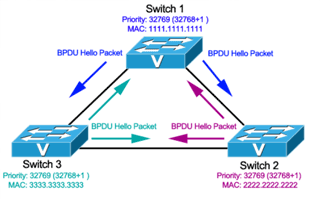
Spanning Tree Protocol (STP)
Spanning Tree Protocol – Part 3: Bridge ID, Pri...
In this article we will examine the Spanning Tree Bridge ID structure, explain why it has increments of 4096, how VLAN information is embedded (for...
Your IP address:
18.220.47.149
Wi-Fi Key Generator
Follow Firewall.cx
Cisco Password Crack
Decrypt Cisco Type-7 Passwords on the fly!
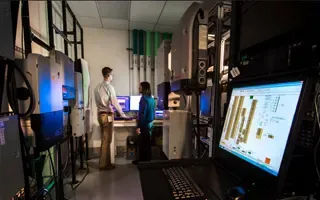
VLAN Networks
VTP Protocol - In-Depth Analysis
The previous article introduced the VTP protocol, we examined how it can be used within a network, to help manage VLANs and ease the administrative over...
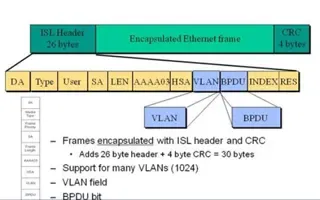
VLAN Networks
VLAN InterSwitch Link (ISL) Protocol Analysis
Deciding whether to use ISL or IEEE 802.1q to power your trunk links can be quite confusing if you cannot identify the advantages and disadvantages of e...
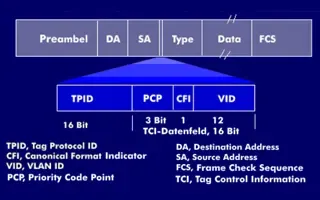
VLAN Networks
VLAN Tagging - Understanding VLANs Ethernet Frames
We mentioned that Trunk Links are designed to pass frames (packets) from all VLANs, allowing us to connect multiple switches together and independently ...

VLAN Networks
VLANs - IEEE 802.1q Trunk Link Protocol Analysis
While the VLAN Tagging article briefly covered the IEEE 802.1q protocol this article will continue building upon it by further analyzing the IEEE 802.1q...
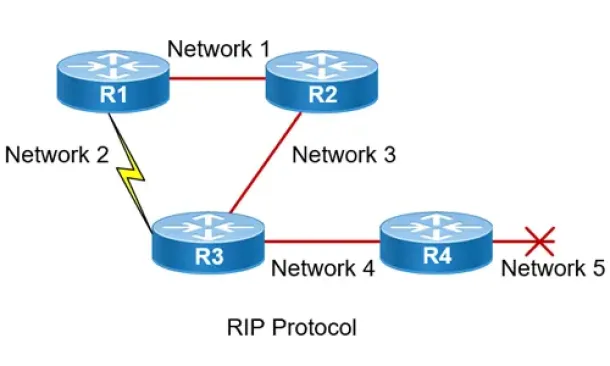
Routing
Routing Information Protocol - RIP
Routing Information Protocol (RIP) is a distance-vector routing protocol that is commonly used in small to medium-sized networks. It is one of the...
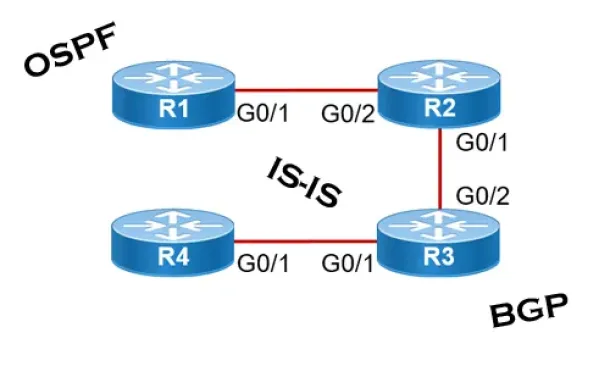
Routing
Link State Routing Protocols
Link State routing protocols do not view networks in terms of adjacent routers and hop counts, but they build a comprehensive view of the overall networ...
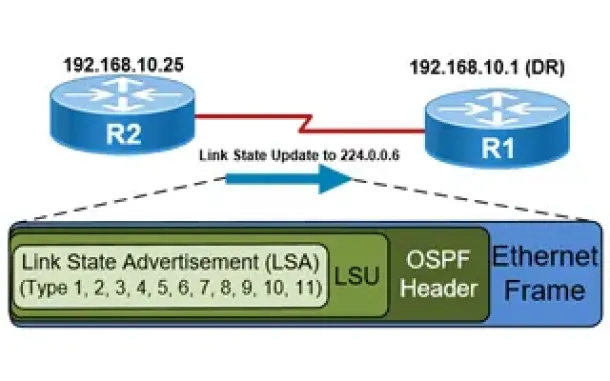
Routing
OSPF - Part 5: Analysis of OSPF Link State Update (L...
This article explains how OSPF uses Link State Advertisement (LSA) to exchange information about the network topology between routers. When a router rec...
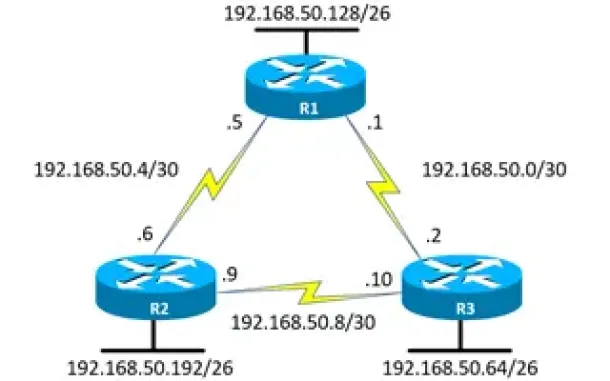
Routing
Enhanced Interior Gateway Routing Protocol - EIGRP
Enhanced Interior Gateway Routing Protocol (EIGRP), similar to IGRP, is a Cisco proprietary routing protocol that is used to exchange routing informatio...
Network Address Translation - NAT
Network Address Translation (NAT) Overload - Part 1
NAT Overload is the most common NAT method used throughout all networks that connect to the Internet. This is because of the way it functions and the li...
Network Address Translation - NAT
Dynamic NAT - Part 2
Our previous article, Dynamic NAT - Part 1, covered the basic idea of Dynamic Network Address Translation. We are now going to take a closer look at the...
Network Address Translation - NAT
Static NAT - Part 1
Static NAT (also called inbound mapping) is the first mode we're going to talk about and also happens to be the most uncommon between smaller networks.
...
Network Address Translation - NAT
Static NAT - Part 2
The previous page (Static NAT - Part 1) helped us understand what exactly happens with Static NAT and how it works, and we saw a few examples of how to ...







